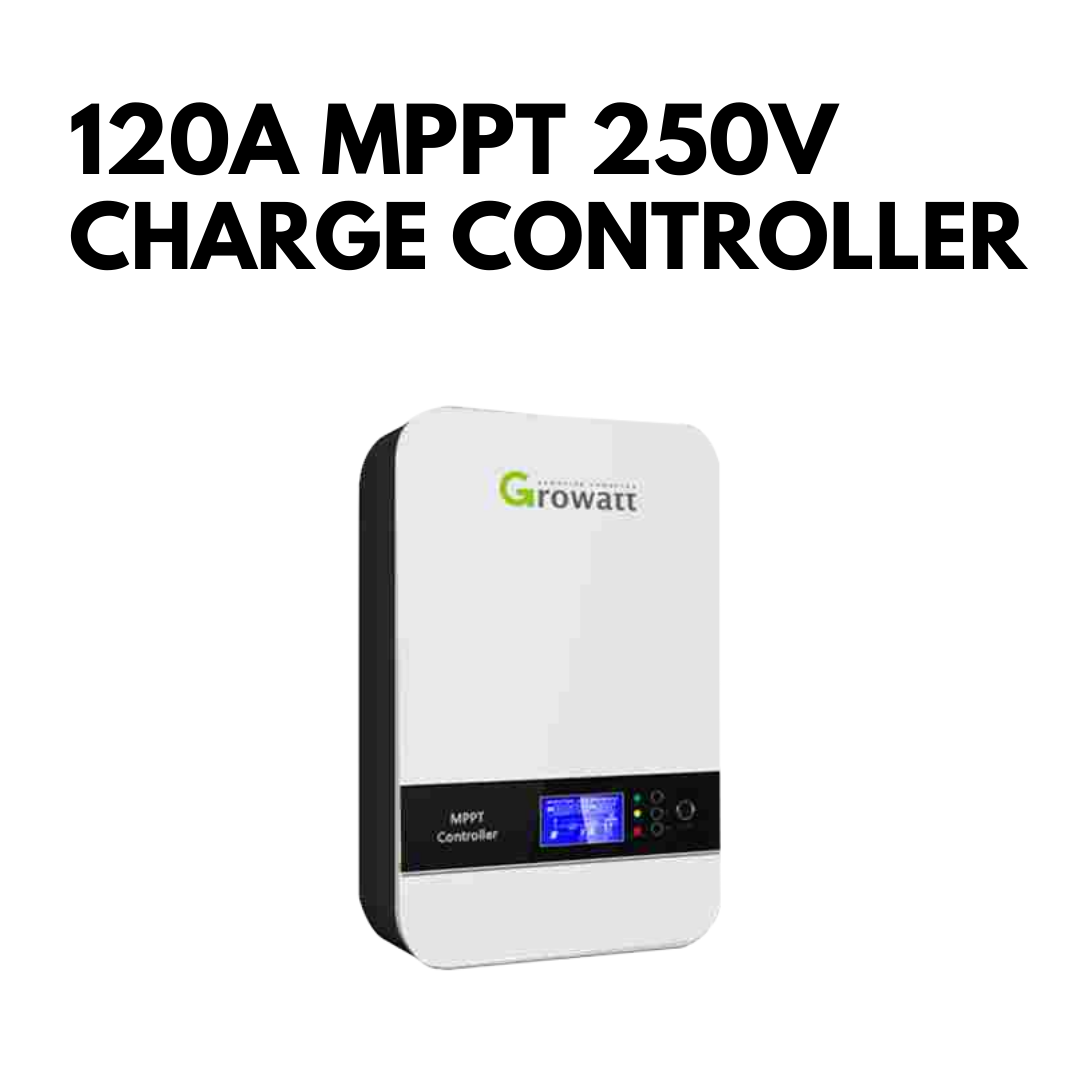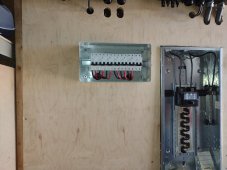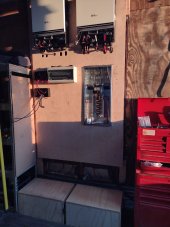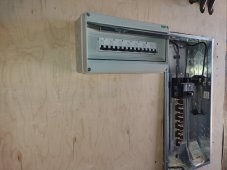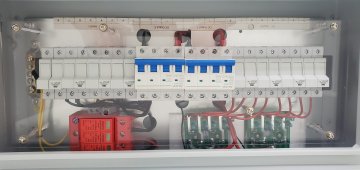Hedges
I See Electromagnetic Fields!
- Joined
- Mar 28, 2020
- Messages
- 20,792
I request shipping to a nearby freight terminal, where I go with my pickup for "last mile" delivery.
A good stack of PV panels was about 1200 lbs. I was told only one would fit in a full-size pickup, but I DIY'd a longer bed and carried two pallets at a time.
Mine is a "3/4 ton" pickup, a K2500 HD. It carries 2500 lbs.
A "one ton" is good for about 4000 lbs.
I used to have a "2 1/2 ton" F600. Originally a box truck, it had a dump bed instead. 20,000 lb GVWR, 9000 lbs empty, could carry 11,000 lbs of gravel.
A good stack of PV panels was about 1200 lbs. I was told only one would fit in a full-size pickup, but I DIY'd a longer bed and carried two pallets at a time.
Mine is a "3/4 ton" pickup, a K2500 HD. It carries 2500 lbs.
A "one ton" is good for about 4000 lbs.
I used to have a "2 1/2 ton" F600. Originally a box truck, it had a dump bed instead. 20,000 lb GVWR, 9000 lbs empty, could carry 11,000 lbs of gravel.




